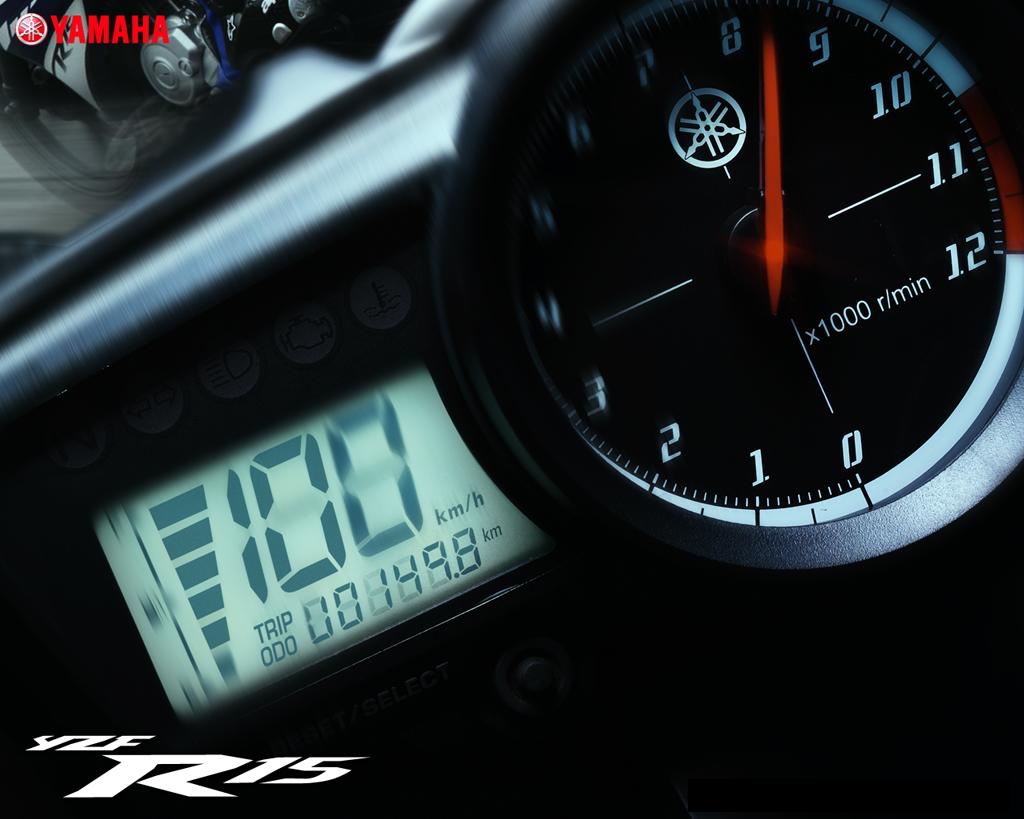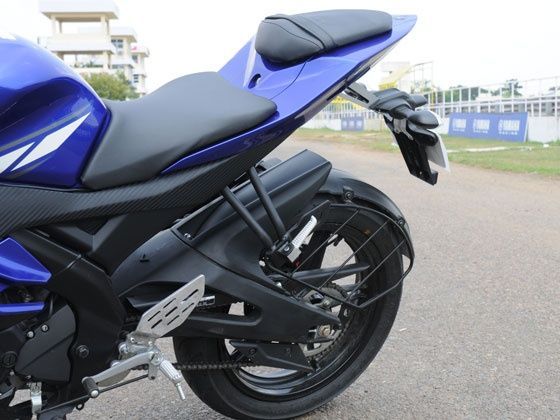
No, there’s not more power. And it’s heavier. But it’s also better in many ways, so don’t write off the Virgin... er, Version 2.0 just yet. And yes, there’s going to be a number of jokes about that name before you can say ‘tuning forks’.
1. First off, the most important and most obvious changes - the looks. And the hot topic here will be the rear tyre which is now upsized to 130/70 - fat-tyre fans must already be going senile with joy.
2. Then there’s the all-new tail section with split seats that does more justice to the rakish front-end than the previous bike’s rather bland tail. However, that triangular LED tail-lamp somehow doesn’t look right with that sharp tail. The numberplate and indicator bracket is a neat detail, though.
3. The all-new aluminium swingarm mimics mainstream supersport design and is the only one of its kind on an Indian motorcycle. And yes, it looks very cool! So does the new five spoke design for the wheels. However, that rear tyre hugger/saree guard assembly is just begging to be ripped right off the motorcycle.
4. Other changes to the aesthetics include a restyled exhaust, restyled side fairing and a darker fairing visor - nice little touches, all of them

5. On to the motor, and it remains unchanged, with the same 16.76 horses pulling you along (YAMAHA SHOULD HAVE GIVEN IT MORE POWER). However, they’ve made a few changes to the ECU mapping and the throttle assembly to make power delivery more linear and immediate.
6. However, kerb weight is now 136 kg, up by 4-odd kg, and try as I might, I really couldn’t tell the difference in power delivery. Perhaps, we should’ve ridden both bikes back to back to get a clearer picture.
 7. But there is no doubting the fact that the updated cycle parts endow the Version 2.0 with more stability than before. The wheelbase has increased by a huge 55 mm, all thanks to the new swingarm, and flat-out 100 kph+ corners are now dealt with way more confidence than before, and the extra grip from the fatter 90/80 front and 130/70 rear tyres is hugely useable. 7. But there is no doubting the fact that the updated cycle parts endow the Version 2.0 with more stability than before. The wheelbase has increased by a huge 55 mm, all thanks to the new swingarm, and flat-out 100 kph+ corners are now dealt with way more confidence than before, and the extra grip from the fatter 90/80 front and 130/70 rear tyres is hugely useable.
8. The front disc rotor is the same diameter as before, but the mounting points have been moved wider, and the overall weight distribution sees more weight on the front end. Combined with the fat rubber, these aspects make the Version 2.0 a better braking motorcycle than the older one, and that’s saying something.
9. But, as always, there is a catch - the longer wheelbase and greater tyre mass means that the Version 2.0 isn’t as eager to change direction as the older bike. It demands more effort in chicanes, and mid-corner directional changes will require a shove rather than the light nudge that the older one does.
10. While Yamaha claims that the 0-60 kph time has improved by 0.3 seconds and top speed has gone up by 3-4 kph, it’s not that much of a difference over the older one. A lighter rider on the older bike will outrun a heavier rider on the newer one. Yamaha also claims that fuel efficiency remains unchanged. We’ll wait for a real-world test to verify these claims.
 11. Other changes include a redesigned clutch shaft for better feel at the lever. Other than feeling a little ‘tighter’, I suppose it should improve clutch life as well. 11. Other changes include a redesigned clutch shaft for better feel at the lever. Other than feeling a little ‘tighter’, I suppose it should improve clutch life as well.
12. Overall, the R15 finally looks complete, comes with better kit than before and at Rs 1,07,000 (ex-showroom, Delhi), it still is a quality motorcycle that’s value for money. BUT IT STILL NEEDS MORE POWER!
FINAL VERDICT: Not a necessary upgrade for existing r15 customers , but a true value for budding race lovers and show-off's!!
also in :

sunset red
|
 racing blue
racing blue
 midnight black
midnight black













No comments:
Post a Comment